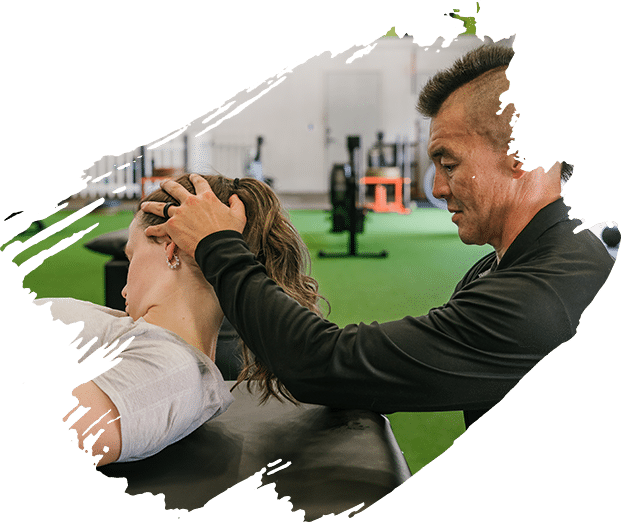Foods That Give You More Energy
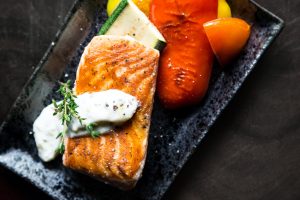 Exercise is king at Habitat Health and Fitness in Lakeland, FL. However, when you eat healthier and consume foods that give you more energy, not only will your workout be better, so will all aspects of your life. Foods that give you energy aren't sugary treats that spike your blood sugar momentarily and then plunge you into the pit of exhaustion. They're high quality foods that keep your energy level at its best throughout the day.
Exercise is king at Habitat Health and Fitness in Lakeland, FL. However, when you eat healthier and consume foods that give you more energy, not only will your workout be better, so will all aspects of your life. Foods that give you energy aren't sugary treats that spike your blood sugar momentarily and then plunge you into the pit of exhaustion. They're high quality foods that keep your energy level at its best throughout the day.
Have some salmon or tuna for lunch or dinner.
Fatty fish are more than just a good source of protein, with plenty of omega3 fatty acids, they are a good source of other nutrients, too. They're high in vitamin B12 that aids folate in making red blood cells. It helps promote the use of iron by the body. When you have more red blood cells and use iron more efficiently, you'll be less tired and have more energy. The Omega3 fatty acids reduce inflammation, which can cause you to be tired.
Foods high in fiber boost your energy level by keeping your blood sugar in check.
Brown rice has tons of vitamins and minerals, particularly manganese, that can keep your body functioning at its best, but what keeps your energy level high is the fiber content. The fiber slows the digestion of the carbs, so it provides a level blood sugar level throughout the day. Sweet potatoes are another high fiber vegetable that keeps your energy level high. Apples not only contain fiber, they have antioxidants that slow carbohydrate digestion to extend the energy release process.
Some snacks are excellent for sustained energy.
Have you tried snacking on edamame or made a hummus dip? Both will boost your energy levels longer. Edamame are immature soybeans that are steamed, blanched or boiled and often served with salt or condiments. While being lower in calories, they're high in protein, fiber and carbs. They contain folic acid, manganese and other vitamins and minerals that boost energy levels. Edamame also contains molybdenum, which is necessary to produce the enzymes to break down nutrients for energy. Hummus contains healthy fat, too. That helps slow the absorption of carbs and prevents blood sugar spikes that can deplete energy levels.
- Make lentils part of your meatless Monday and boost your energy, while giving your budget a break. Lentils are high in fiber, folate, zinc, manganese and iron. Those nutrients aid in the breakdown of energy and the release to the system.
- Start your day with an energy booster, oatmeal. It has beta glucan that slows digestion and the absorption of glucose. It also contains iron, manganese and B vitamins to keep energy levels high.
- Another snack that can keep you running at peak performance is yogurt. It's a great combination of protein and simple sugars. The sugars give you immediate energy, while the protein digests more slowly and provides energy for later.
- Healthy fats, fiber and B vitamins all make avocados a great energy booster. The healthy fat helps you absorb nutrients or used later for energy. Avocados also are high in fiber to level off blood sugar.
For more information, contact us today at Habitat Health & Fitness

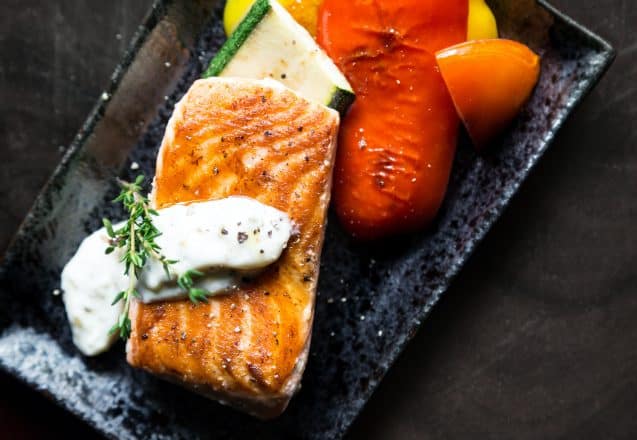
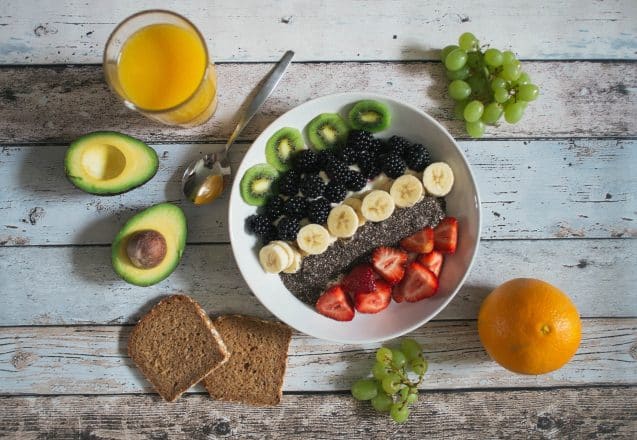
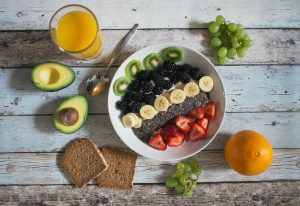 Your calorie intake and energy expelled determines whether you gain weight, lose weight or remain the same. If you eat too many calories, your body stores the excess as body fat. If you eat too few, your body breaks down body fat or muscle to supplement your needs. Eating the right amount to balance calories burned with calories consumed is the ideal, unless you're trying to lose weight or gain it. Most people want to know how many calories to eat a day to lose weight, but there's no simple answer. It's all based on your body and needs.
Your calorie intake and energy expelled determines whether you gain weight, lose weight or remain the same. If you eat too many calories, your body stores the excess as body fat. If you eat too few, your body breaks down body fat or muscle to supplement your needs. Eating the right amount to balance calories burned with calories consumed is the ideal, unless you're trying to lose weight or gain it. Most people want to know how many calories to eat a day to lose weight, but there's no simple answer. It's all based on your body and needs.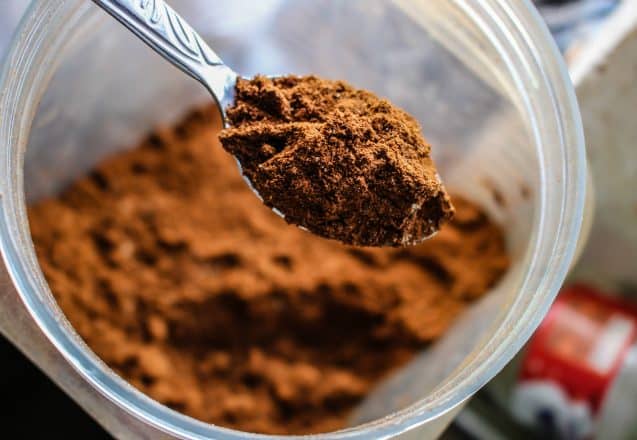
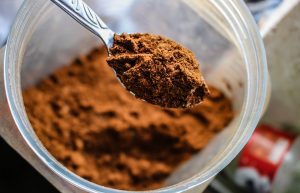 At Habitat Health and Fitness in Lakeland, Florida, FL, we focus on fitness through exercise, but that doesn't mean we discount other lifestyle changes that can make you healthier. Eating healthy should be a top priority. Some people question whether protein supplements should be used on that quest toward a healthier body. As with most things related to fitness, it all depends on you and your needs. Protein supplements can be quite beneficial for some and unnecessary or even dangerous for others. Older people who may have a difficult time of eating and don't process protein as efficiently, may benefit from a supplement.
At Habitat Health and Fitness in Lakeland, Florida, FL, we focus on fitness through exercise, but that doesn't mean we discount other lifestyle changes that can make you healthier. Eating healthy should be a top priority. Some people question whether protein supplements should be used on that quest toward a healthier body. As with most things related to fitness, it all depends on you and your needs. Protein supplements can be quite beneficial for some and unnecessary or even dangerous for others. Older people who may have a difficult time of eating and don't process protein as efficiently, may benefit from a supplement.
 If you run miles a day and do tons of cardio workouts to burn belly fat, but find you're not getting the results you want, there's a reason. Steady state cardio isn't necessarily the best route to take. Belly fat---visceral fat---is the hardest type of fat to lose. There's no special exercise to take it off your belly either, since spot exercises simply don't work that way. To lose belly fat, you have to lose fat all over your body. While cardio does burn calories, there are downsides to cardio that can sabotage your efforts.
If you run miles a day and do tons of cardio workouts to burn belly fat, but find you're not getting the results you want, there's a reason. Steady state cardio isn't necessarily the best route to take. Belly fat---visceral fat---is the hardest type of fat to lose. There's no special exercise to take it off your belly either, since spot exercises simply don't work that way. To lose belly fat, you have to lose fat all over your body. While cardio does burn calories, there are downsides to cardio that can sabotage your efforts.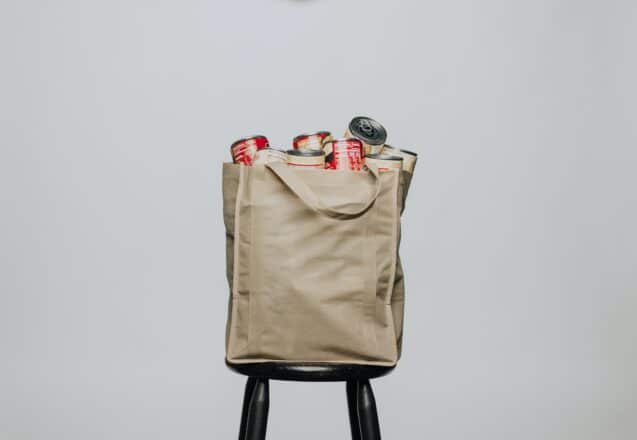
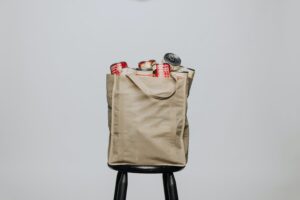 There's a reason that food labels provide nutritional information. It's to help you understand what you're eating and the nutrients or additives that food contains. You can watch people in any grocery aisle in Lakeland, FL, and at least one or two are reading labels. A lot of the time they end up tilting their heads quizzically or trying to hold their glasses differently to read the small print. It's supposed to make eating healthier easier, but, does it? The answer is yes. Once you understand what the label is telling you, healthy eating is easier.
There's a reason that food labels provide nutritional information. It's to help you understand what you're eating and the nutrients or additives that food contains. You can watch people in any grocery aisle in Lakeland, FL, and at least one or two are reading labels. A lot of the time they end up tilting their heads quizzically or trying to hold their glasses differently to read the small print. It's supposed to make eating healthier easier, but, does it? The answer is yes. Once you understand what the label is telling you, healthy eating is easier.
 For years, eating breakfast has been praised as important for your health. While that might have been extremely important when most Americans made their living farming and the work was grueling physically, is it that important now? The first meal of the day does help improve cognitive performance, focus and task performance in children, so for children it's extremely important. Once the child reaches adulthood, then whether breakfast is beneficial or not is up for grabs and often a matter of personal preference.
For years, eating breakfast has been praised as important for your health. While that might have been extremely important when most Americans made their living farming and the work was grueling physically, is it that important now? The first meal of the day does help improve cognitive performance, focus and task performance in children, so for children it's extremely important. Once the child reaches adulthood, then whether breakfast is beneficial or not is up for grabs and often a matter of personal preference.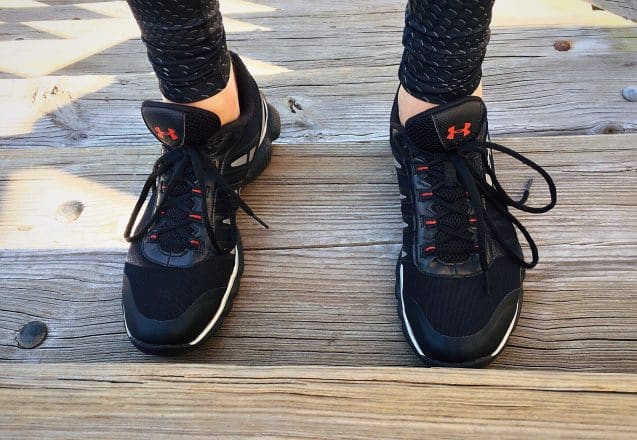
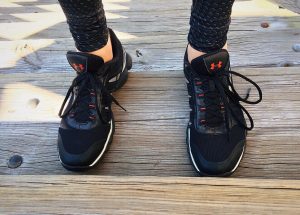 You might not ever think about the need for good workout shoes or have them further down the list of necessities, but they are far more important than having the latest stylish workout outfit. If you don't have good foot support, you could find yourself benched because of ankle or foot injuries. Your feet go through a lot of stress during exercise. At the least, they're the grounding force and hold up your entire body. They need to be cushioned and supportive, so when you twist and turn or land back on the ground after you jump, they're protected.
You might not ever think about the need for good workout shoes or have them further down the list of necessities, but they are far more important than having the latest stylish workout outfit. If you don't have good foot support, you could find yourself benched because of ankle or foot injuries. Your feet go through a lot of stress during exercise. At the least, they're the grounding force and hold up your entire body. They need to be cushioned and supportive, so when you twist and turn or land back on the ground after you jump, they're protected.
 Many clients start out at Habitat Health and Fitness in Lakeland, Florida, dreading their new adventure to get back into shape, but soon change their attitude toward fitness. If you've ever tried to get fit before and failed, your attitude is the first thing you need to check at the door of the gym. Why? A bad attitude not only uses too much energy that could be better directed into doing something great for yourself or others, but it also is almost a guarantee you'll find an excuse to quit your fitness goals. The good news is that you can change how you think about fitness.
Many clients start out at Habitat Health and Fitness in Lakeland, Florida, dreading their new adventure to get back into shape, but soon change their attitude toward fitness. If you've ever tried to get fit before and failed, your attitude is the first thing you need to check at the door of the gym. Why? A bad attitude not only uses too much energy that could be better directed into doing something great for yourself or others, but it also is almost a guarantee you'll find an excuse to quit your fitness goals. The good news is that you can change how you think about fitness.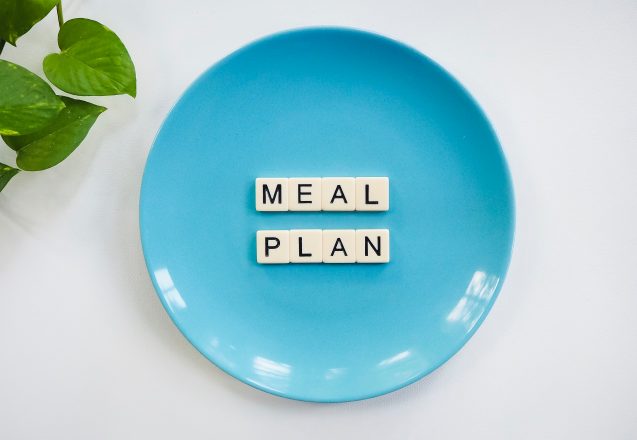
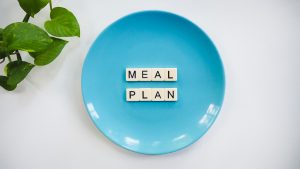 Many of my clients at Habitat Health and Fitness in Lakeland, FL, ask me about a variety of different fitness techniques and options. One that I find particularly good and have said so before is planning your meals and cooking them for a week at a time. It not only helps people stick with a healthy plan of eating, it makes it easier, saves time and money. People ask how to start meal planning and exactly what it is. Typically, it's planning a week's worth of meals during the week, often on Wednesday because grocery sales are announced, then create a grocery list. Shopping is done after you eat on Thursday or Friday and meals are cooked for the next week over the weekend.
Many of my clients at Habitat Health and Fitness in Lakeland, FL, ask me about a variety of different fitness techniques and options. One that I find particularly good and have said so before is planning your meals and cooking them for a week at a time. It not only helps people stick with a healthy plan of eating, it makes it easier, saves time and money. People ask how to start meal planning and exactly what it is. Typically, it's planning a week's worth of meals during the week, often on Wednesday because grocery sales are announced, then create a grocery list. Shopping is done after you eat on Thursday or Friday and meals are cooked for the next week over the weekend.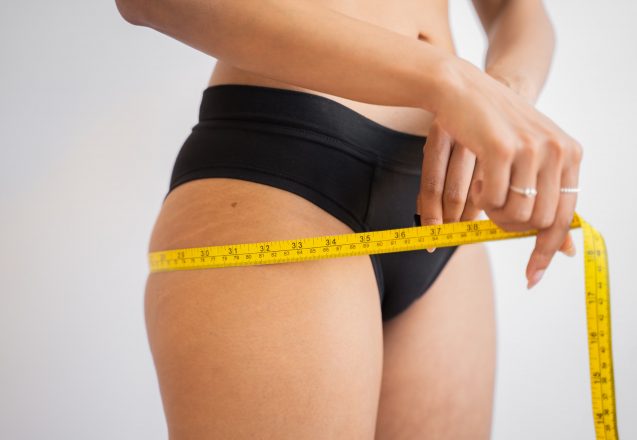
 What is BMI, and is it a good measure of your health? BMI---body mass index---uses your height to weight ration to determine the amount of body fat you have. The more body fat, the more potential there is for poor health. However, it's not always a true picture or the final verdict. For instance, people with a great deal of muscle mass might appear on paper to be overweight, since a cubic inch of muscle tissue weighs more than a cubic inch of fat tissue. However, that's simply not true. BMI also doesn't take account bone density or the composition of a person's body.
What is BMI, and is it a good measure of your health? BMI---body mass index---uses your height to weight ration to determine the amount of body fat you have. The more body fat, the more potential there is for poor health. However, it's not always a true picture or the final verdict. For instance, people with a great deal of muscle mass might appear on paper to be overweight, since a cubic inch of muscle tissue weighs more than a cubic inch of fat tissue. However, that's simply not true. BMI also doesn't take account bone density or the composition of a person's body.